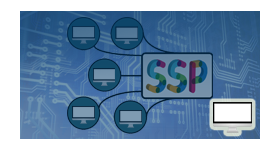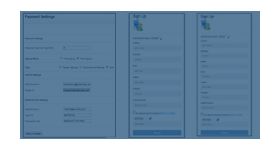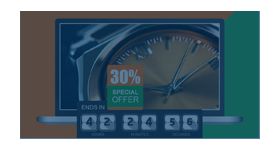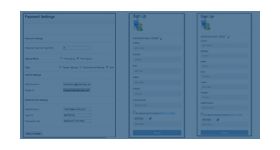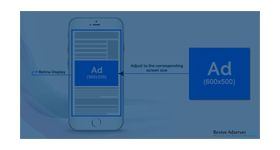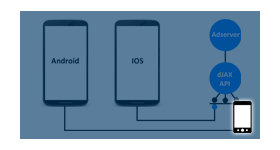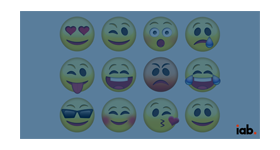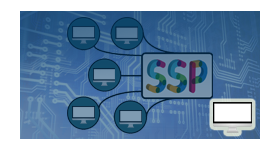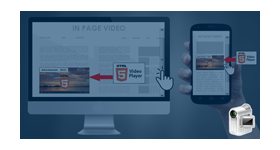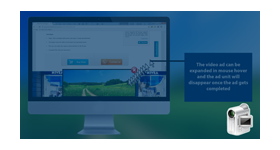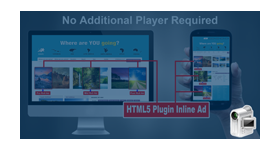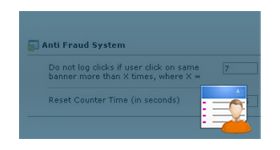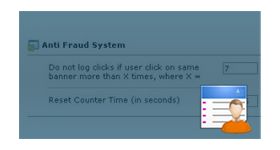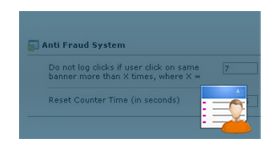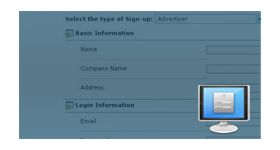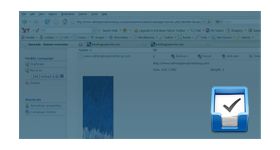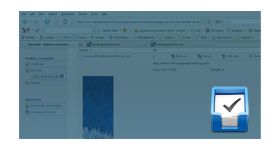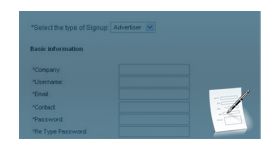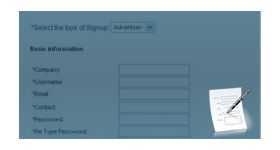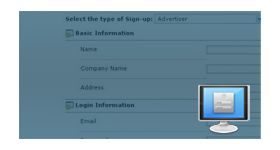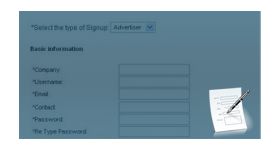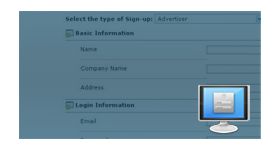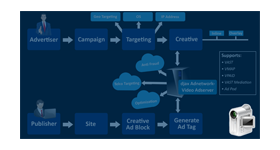Lazy loading or scroll-triggered ad delivery for Revive Adserver
Lazy loading or scroll-triggered ad delivery is a technique that aims to improve ad viewability and user experience by loading ads in response to user scrolling behaviour, which counts as an impression when successfully loaded and displayed.
Lazy loading or scroll-triggered ad delivery is a technique that aims to improve ad viewability and user experience by loading ads in response to user scrolling behaviour, which counts as an impression when successfully loaded and displayed.
This method is designed to enhance user experience and improve ad viewability and help reduce the occurrence of certain types of fake or fraudulent impressions.
How it Works?
User Scrolling: The webpage contains placeholders or empty ad slots in the lower section (footer or other designated areas) where ads should appear. These placeholders are initially empty to reduce page load times and optimize performance.
Scroll Detection: As the user interacts with the page by scrolling down, the website or app detects their scrolling behaviour through JavaScript or similar technologies.
Triggered Loading: When the user scrolls down and reaches a predefined point on the page (e.g., when they are about to view the lower section), the ad slots are triggered to load and fill with ad content. This action counts as an impression.
Impression Tracking: An impression is recorded when the ad content is successfully loaded and displayed within the user's viewport. This impression is then counted and reported to the advertiser.
User Actions: If the user closes the page, navigates away, or leaves the site without scrolling down to the lower section, the ad slots in that section remain empty, and no impressions are counted for those specific ad placements.
Benefits of this Plugin
Improved Viewability: Ads are more likely to be viewed by users since they are only loaded when the user scrolls down to that section of the page.
Faster Page Load: Initial page load times are faster because the ad content in the lower section is not loaded until needed.
Enhanced User Experience: Users are not immediately bombarded with ads upon entering the page, which can improve the overall user experience.
Potentially Higher CPM: Advertisers may be willing to pay higher CPMs (cost per thousand impressions) for ads that are more likely to be seen by users.
How it can help mitigate impression fraud?
Scroll-triggered ad delivery can help reduce the occurrence of certain types of fake or fraudulent impressions.
Visibility Requirements: Scroll-triggered ad delivery ensures that ads are only counted as impressions when they are actually in the user's viewport, meaning they are visible on the screen. This requirement reduces the likelihood of impressions being counted when ads are not seen.
Bot Detection: Many fraudulent impressions are generated by bots or automated scripts that do not engage with a webpage like a real user. By requiring user interaction (scrolling) before ad impressions are counted, scroll-triggered ads can help filter out some bot-generated impressions.
Engagement Metrics: Real users tend to engage with content by scrolling and interacting with a webpage, while bots typically do not. Monitoring user engagement in addition to scroll behavior can help identify suspicious activity and reduce the chances of fraudulent impressions being counted.































